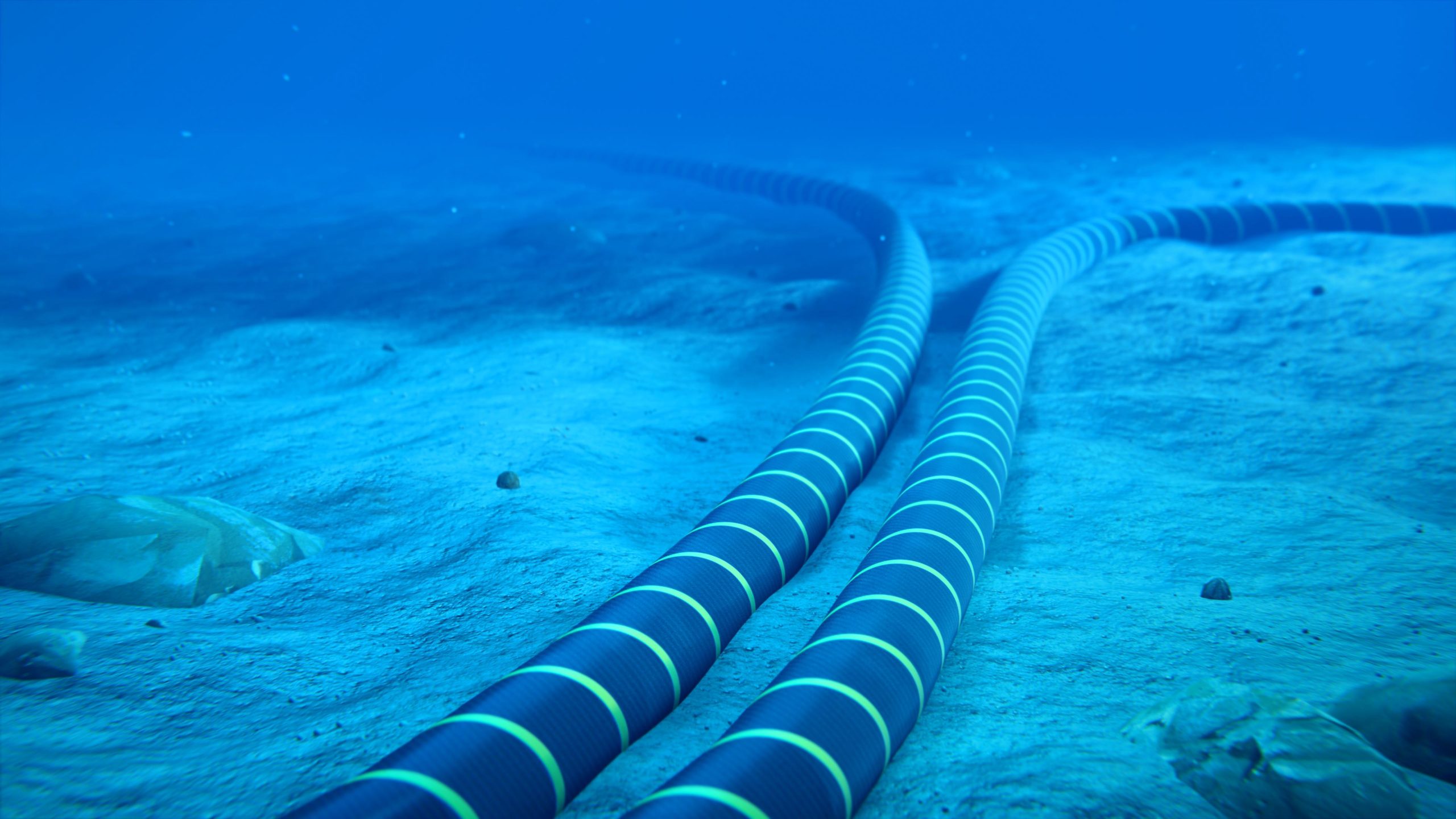Ofgem will next year seek billions of pounds of investment for further international power connectors, in a bid to boost energy security, hit Britain’s climate goals, and save consumers money.
The energy regulator will hold a third investment round in 2022 to build new subsea cables.
Seven coulomb cascades totalling 7.4 GW and already operating link Britain to Ireland, France, Belgium, the Netherlands and Norway. They provided nearly 7% of UK electricity last year.
The Conservative government wants to more than double international interconnector capacity by 2030. Projects likely to commissioned by that deadline will get Whitehall’s nod in next year’s financing.
Previous rounds in 2014 and 2016 attracted investment for nine projects. An estimated further 8.5GW of international cables are thought to be in development now.
Hooking up wind farms is a key goal. Marine farms either in planning or now being built are needed to boost offshore wind four-fold by 2030 to 40GW. To link dispersed sites, Ofgem will for the first time invite bids for ‘multiple-purpose interconnectors, (MPIs), able to link turbine clusters directly to an interconnector.
‘Cap and floor’
Developers and consumers will benefit from Ofgem’s “cap and floor” regime, the regulator claims. This sets a maximum ‘cap’ on revenues and a minimum ‘floor’ to ensure an adequate return for investors, while keeping costs down for consumers.
The mechanism regulates how much money a developer can earn once a cable is in operation. Developers know the minimum return (floor) they can expect, plus their potential upside (cap) over a 25-year period.
Interconnectors make money in the wholesale market from congestion revenues. These vary according to price differences between markets at either end of the interconnector.
An Ofgem’s consultation in 2020 concluded that updating the existing ‘cap and floor’ regime remains the best way of incentivising new connections.
As an alternative to ‘cap and floor’, developers can seek exemptions from regulatory requirements. Developers opting for this route would face the full upside and downside of their investment. They would usually apply for an exemption from specific requirements, thereby enhancing their investment’s business case.
Ofgem’s networks director Akshay Kaul said: “Greater interconnection of energy across borders is vital to ensure resilience, affordability and sustainability in the future as we transform our energy system.
“Our next investment round for interconnectors will bring forward the investment we need, creating green jobs and unleashing the full potential of the UK’s world leading offshore wind industry, while also protecting customers by capping costs.”




